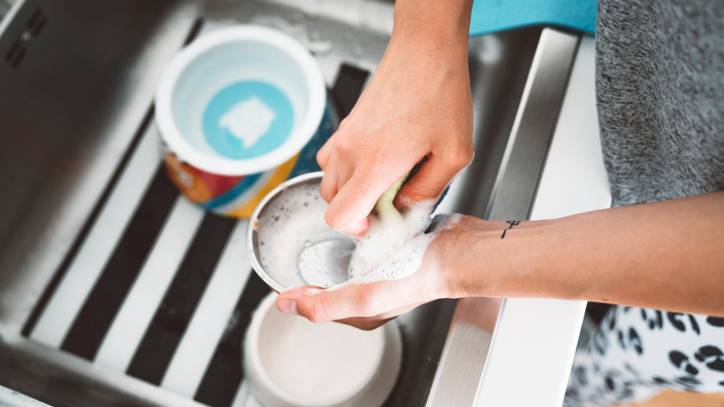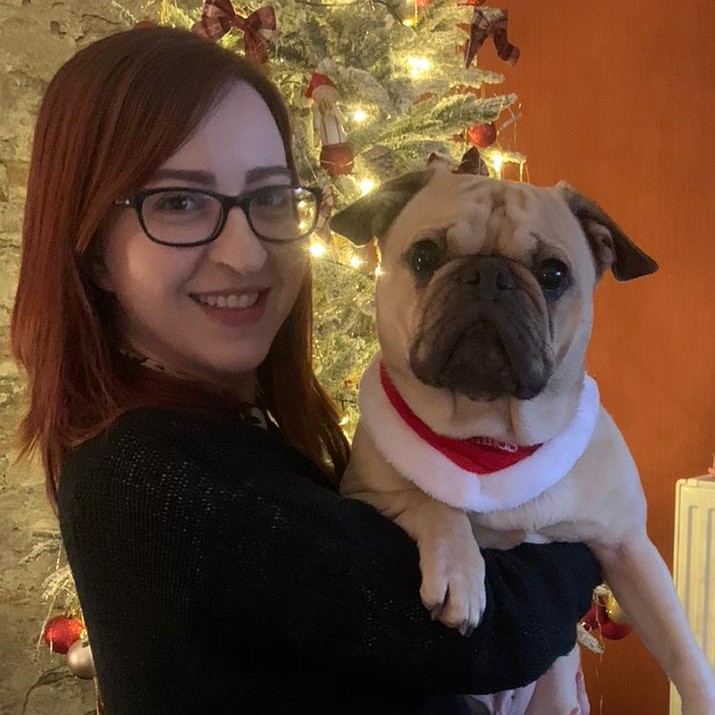You've been cleaning your dog's bowl all wrong - and it could lead to serious health issues
A new study reveals how owners have been cleaning out their dog’s bowl all wrong and it can have a serious impact on everyone’s health

Did you know that there are official guidelines on cleaning your dog’s bowl? A new study has revealed that only 4.7% of pet owners knew of the Food and Drug Administration’s (FDA’s) special guidelines when it comes to handling their pet’s food.
It’s been proven that washing your dog’s food bowl with hot, soapy water after each use - part of the FDA guidelines - reduces the chances of your animal coming into contact with germs such as salmonella and E.coli.
Salmonella, once contracted, sees the individual suffering from fever, stomach cramps, and diarrhea, in both dogs and humans.
The survey involved 417 dog owners and saw a total of 68 pet food dishes swabbed to test just how clean they were. However, only 12% of those surveyed followed the FDA’s guidance already and cleaned their dog’s bowl every day.
A further 22% cleaned their dog’s bowl once a week, with another 18% washing their pet’s food bowls either every three months or not at all. But that’s not all.
- Can you freeze dry dog food? How to store dog food properly
- Best dog food: Nutritious meals to help your pup thrive
- How to wash dog toys: Everything you need to know

The survey’s researchers also learned that 43% of dog owners store their pet’s food less than five feet away from where they store human food, shockingly only 34% of people washed their hands after giving their dog their dinner, and 33% of the individual’s studied prepared their dog’s food in exactly the same place as where they choose to prepare their own food.
“Bacteria such as E.coli or salmonella could be present and can be zoonotic, or transmissible to people”, explained Emily Luisana, the study's lead author and small animal nutritionist at the Frenchship Hospital for Animals.
Get the best advice, tips and top tech for your beloved Pets
“Since other studies have found that bacteria can be transferred in shared sinks or dishwashers, this is potentially a real concern in the average kitchen”, she continued.
Once participants were made aware of the FDA’s guidelines, a further 8% of dog owners expressed how they will aim to follow them in future.
“This study suggests a need for pet food handling and dish hygiene guideline education to minimize bacterial contamination of dishes, especially for high-risk populations”.
You can find a full list of the FDA’s guidelines over on their website.
Chloe is a freelance writer, editor, and proofreader, who has more than ten years’ experience in creating animal-focussed content. From National Geographic to Animal Planet, Chloe’s passion for creating fact-filled features all about wildlife and the environment is evident. But it’s not just wild animals that Chloe’s fascinated by. Having written more than 75 articles for PetsRadar - and having her very own four-legged friend by her side - it’s no wonder that her love of dogs (and, of course, cats) has grown exponentially.
Her website, www.chloemaywrites.com, and social media pages - @ChloeMayWrites on Instagram, Facebook, and Twitter - showcase her knowledge through daily facts and trivia tidbits. For example, did you know that snails have teeth?!

